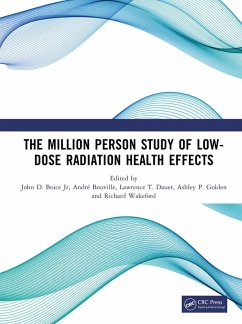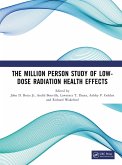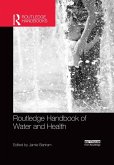Since the early 1900s, epidemiologists have studied the consequences of radiation exposures, yet the health effects of low levels received gradually over time remain unresolved. This uncertainty comes at a time when the public and workers are experiencing ever-increasing levels of radiation exposure from advances in medical radiation imaging techniques (e.g., CT scans), frequent flying at high altitudes, and environmental and occupational exposures. The MPS is providing answers by studying 30 radiation-exposed U.S. populations, including workers at nuclear power plants, radiologists, workers at former Manhattan Project sites, nuclear submariners, nuclear weapons test participants (atomic veterans), industrial radiographers, and radium dial painters. Ongoing for more than 20 years and coordinated by the National Council on Radiation Protection and Measurements, Vanderbilt University Medical Center and Memorial Sloan Kettering Cancer Center, the MPS is a national effort supported by the Department of Energy, National Aeronautics and Space Administration, U.S. Navy, Defense Threat Reduction Agency, Nuclear Regulatory Commission, Centers for Disease Control and Prevention, and the Environmental Protection Agency.
Unparalleled in scope and quality, the MPS provides an understanding of low-dose health effects that is desperately needed for decision-makers and the radiation protection community as society continues to increase the uses of radiation technologies. Individual chapters were originally published in the International Journal of Radiation Biology.
Dieser Download kann aus rechtlichen Gründen nur mit Rechnungsadresse in A, B, BG, CY, CZ, D, DK, EW, E, FIN, F, GR, HR, H, IRL, I, LT, L, LR, M, NL, PL, P, R, S, SLO, SK ausgeliefert werden.









